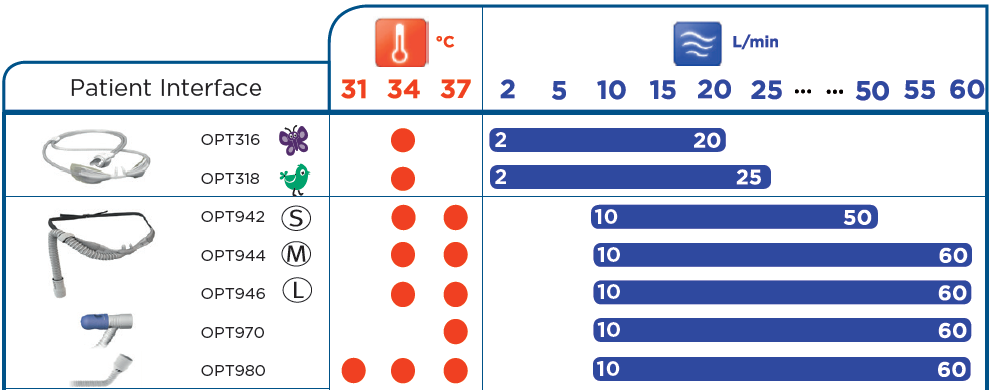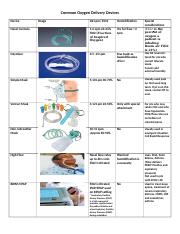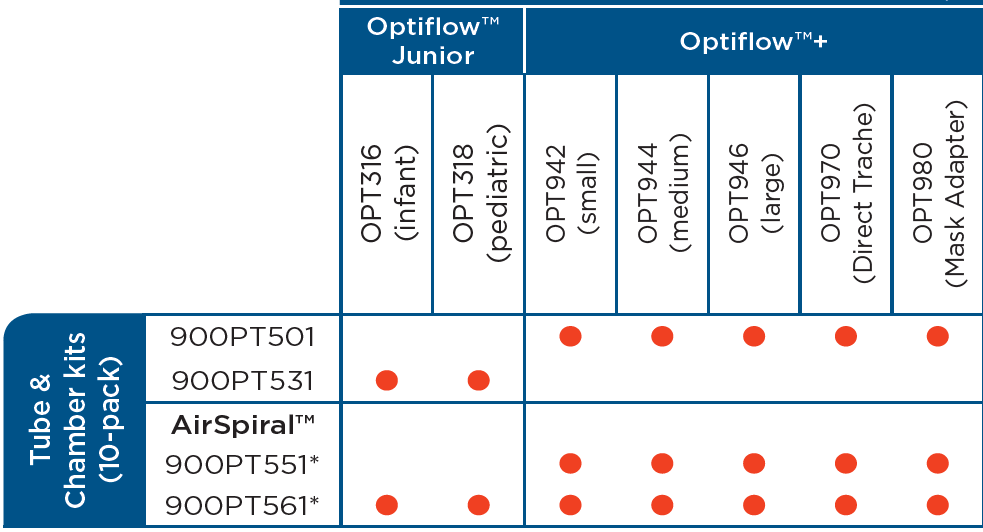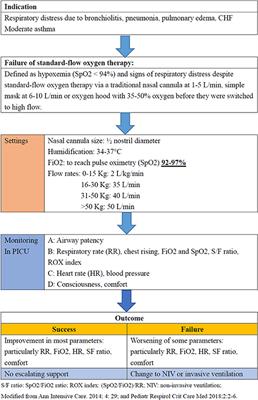oxygen delivery devices and flow rates pdf
Do not use with humidity. WHITE 4-6Lmin 28 O2.

Clinical Guidelines Nursing Oxygen Delivery
It can dry the nasal mucosa and disturb sleeping patterns.

. Reduce the work of breathing. Low flow device Most common device used for mild hypoxia Can be set between 1 and 6 LPM 24 to 40 FiO2 FiO2 increases approximately 4 with each liter of O2 KorupoluR GJ Needham DMContemporary CriticalCare. 2 to 15 Lmin.
A minimum of 6 Lminute of oxygen flow is needed 2to prevent rebreathing of exhaled carbon dioxide. Nasal cannula Delivers 24-30. Ensure foam ear padsprotectors are in place.
The correct flow rate to use with each colour it is shown on mask along with the percentage of oxygen delivered. Different colours deliver different rates. The of oxygen delivery depends on the flow rate and the delivery device.
At least 5lpm. Oro pharyngeal catheterairway 1-6LPM 3. Hudson mask Delivers 30-40.
Only goes up to 60 FIo2 so not for patients who have significantly high oxygen demands bulky. RED 10-12Lmin 40 O2. Adapters deliver set amounts of FiO2 at 24 to 60.
Step up from nasal cannula but doesnt deliver specific of oxygen like venturi. Use for non-acute ward use or if mildly hypoxic. If patient is requiring greater than 10l consider switching to a non-rebreather.
200969111 Bailey P Thomsen GE Spuhler VJ et alCrit Care MedJan2007351139145. BLUE 2-4Lmin 24 O2. YELLOW 8-10Lmin 35 O2.
Low flow O2 delivery device 05-6 Lmin. Do not use with humidity. Designed to entrain a set amount of O2 and air which combine to produce a set flow of O2 the stated on the venturi.
Nasal Cannula 1-6 litersminute 25-50 Humidifier recommended for all flow rates 4 litersminute High Flow Nasal Cannula 1-15 litersminute 25-50. Ensure adequate clearance of secretions and limit the adverse events of hypothermia and insensible water loss by use of optimal humidification dependent on mode of oxygen. The subject then rested for 10 minutes at room air.
Simple face Mask 6 10 LPM Minimum flow 5 LPM to flush CO2 from mask. A simple face mask can deliver 35 to 60 oxygen with an appropriate flow rate of 6 to 10 Lminute. Flow rate of 3 Lmin seems optimal as the lowest predictable FiO delivered to the neonate is around 36 at this rate.
Use with or without humidity. Selection of the appropriate flow rate and delivery device. 2444 oxygen Increases by approximately 4 with each litre of oxygen per minute The actual value depends on the patients inspiratory peak flow Technically it is possible to deliver higher flows with this device however the oxygen source should deliver the desired flow.
The clinical monitor then applied the dual prong device on the subject and started oxygen flow. Nasal Cannula 1 5 6 Liters per Minute LPM 2. Tube with a mask or nasal cannula.
Oxygen devices and delivery systems of oxygen flow rate provided in Lmin1. 2 A simple face mask is a low-flow oxygen device. GREEN 12-15Lmin 60 O2.
A pressure reading barometer displays the remaining oxygen pressure in the. Free flow oxygen delivery is usually done by means of large-bore oxygen tubing from a flow meter set between 3-4 Lmin and other the end placed a relatively short distance 4-5 cm from the patients face. A POX reading at 10 LPM was taken after a two minute oxygen flow period.
25 FiO. Methods This was a prospective observational study where healthy volunteers used OxyMask at escalating oxygen flow rates. When the tap is manually opened the oxygen takes the line of least resistance to the patient via an oxygen delivery device eg.
At least 10lpm. LOW FLOW DELIVERY DEVICES 1. Results OxyMask was effective at supplying a wide range of FiO 2 values at various flow rates.
The oxygen flow was reset to 20 LPM and a second POX reading was taken following a two minute oxygen flow period. It is NOT the Lmin stated on the venturi that is delivered to the patient. Higher flows 4 Lmin make it uncomfortable for the patient.
Humification might be required according to. Ad Inventory Reduction Up To 70 Off Overstocked Oxygen Machines Must Sell. Oxygen to patients under a variety of flow rates.
Oxygen delivery devices Flow rate litremin Approximate FiO 2. Table-3 shows these delivery systems along with the flow rate and approximate fraction of inspired oxygen FiO2 that are provided by these devices. Appendix 2 Uncontrolled Oxygen Delivery Devices Nasal cannulae simple High flow nasal prongs cannulae humidified Airvo2TM Simple face masks Non-rebreather mask and bag Tracheostomy oxygen devices Appendix 3 Controlled Oxygen Delivery Devices Venturi mask Appendix 4 Replacement and Disposal of Oxygen Delivery System.
Give oxygen therapy in a way which prevents excessive CO 2 accumulation - ie. These masks are used for patients who require a high or accurate concentration of oxygen. Fraction of inspired oxygen FiO 2 was the main clinical endpoint.
Depending on a patients inspiratory effort tidal volume speed of inspiration and respiratory rate the PIFR can often exceed the flow rate at which oxygen or an oxygenair mixture is supplied by the device meaning that at the time of PIFR. Can delivery precise and dependable FiO2. Oxygen delivery device tip sheet.
Based on transcutaneous oximetry values of the commonly available emergency O2 delivery devices the NRB at 15 Lmin-1 is the device and flow rate that deliver the most O2 to body tissues and therefore should be considered as a first-line pre-hospital treatment in divers with suspected decompression illness. These devices deliver a variable inspired oxygen concentration to the patient which depends on the PIFR. Oxygen Delivery Devices Delivery Device Minimum to Maximum Liter Flow Range Adults Approximate O2 Delivered Notes RT assistance recommended for liter flows of 6 litersminute or more.
22 to 60 oxygen with appropriate oxygen flow rates of 05 to 2 Lminute.

Roles Of Organ Systems In Homeostatic Regulation Organ System Muscular System Integumentary System

860 Pediatric Vital Signs Hr And Rr In Four Pediatric Age Categories Minimum Acceptable Sbp In Four Different Pediatric Vital Signs Vital Signs Pediatrics

High Flow Oxygen Through Nasal Cannula In Acute Hypoxemic Respiratory Failure Nejm

Nursing Nerds Nurse Nursing Study Guide Respiratory Therapy Student

Oxygen Delivery By Device Nasal Cannula Indicated Practical Nursing Nursing School Prerequisites Nursing School Tips

Average Oxygen Savings At Different Flow Rates Standard Nasal Cannula Download Table

Common Oxygen Delivery Devices Docx Common Oxygen Delivery Devices Device O2 Lpm Fio2 Humidification Special Considerations 1 6 Lpm 24 44 Fio2 Course Hero

Clinical Guidelines Nursing Oxygen Delivery

Noninvasive Ventilation And Oxygen Delivery Systems

Health Product Policy And Standards

Record Pulse Oxygen Saturation Levels With This Printable Oximeter Reading Log Free To Download Medication Chart Printable Medication Chart Medical Printables

Oxygen Delivery Devices And Flow Rates Health And Willness

Oxygen Delivery By Device Nasal Cannula Indicated Respiratory Therapy Student Icu Nursing Pediatric Nursing

Frontiers High Flow Nasal Cannula Therapy In Children With Acute Respiratory Distress With Hypoxia In A Pediatric Intensive Care Unit A Single Center Experience Pediatrics


